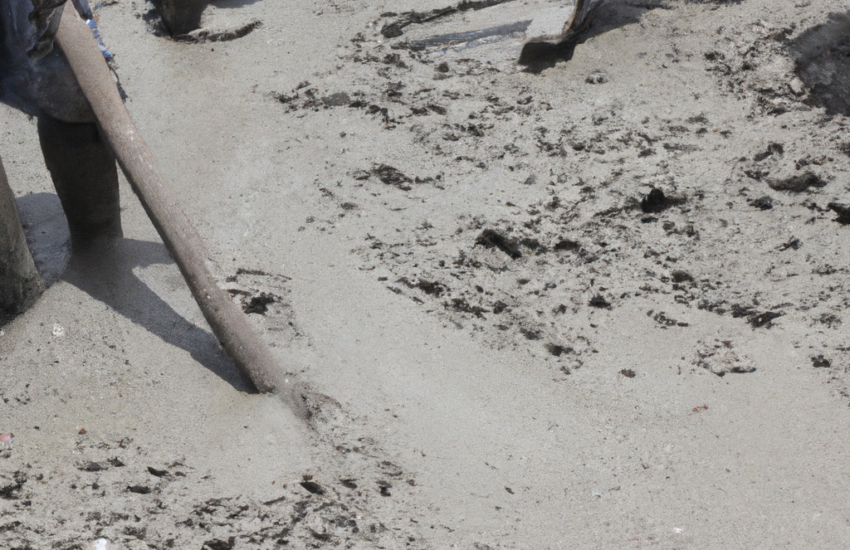Hydraulic cement is comparatively a new type of cement that possesses unique properties, making it indispensable in various applications. Here we have explained the characteristics, functions, and diverse uses of hydraulic cement. From its reliable ability to set and harden underwater to its exceptional strength and durability, hydraulic cement has revolutionized the construction industry.
Properties of Hydraulic Cement
Setting and Hardening: Hydraulic cement exhibits hydraulicity, a property that enables it to set and harden when exposed to water. Unlike non-hydraulic cement, that requires air for curing, hydraulic cement can solidify underwater, making it ideal for projects where water is present.
Rapid Setting: One notable attribute of hydraulic cement is its quick setting time. It initiates the hydration process rapidly upon contact with water, allowing for expedited construction schedules and efficient project completion.
Also Read- Grades of Concrete and Mix Ratio for Common Grades of Concrete
Strength and Durability: Hydraulic cement develops high compressive strength, offering structural integrity and long-term durability. This strength stems from the chemical reactions occurring during hydration, forming strong calcium silicate hydrates and other compounds.
impermeability: Hydraulic cement possesses excellent resistance to water penetration and is considered impermeable once fully cured. This property enhances its performance in applications where moisture resistance is crucial, such as basement walls, tunnels, and dams.
Adhesion: Hydraulic cement exhibits exceptional adhesion to various surfaces, including concrete, masonry, and metals. This quality allows for reliable bonding and effective reinforcement, resulting in robust structures.
Applications of Hydraulic Cement
Concrete Construction: Hydraulic cement is a primary component of concrete, the most widely used construction material. Its ability to bond with aggregates, such as sand and gravel, and form a solid mass makes it indispensable for building foundations, bridges, highways, and skyscrapers.
Underwater Construction: The unique characteristic of hydraulic cement to set and harden underwater enables its utilization in marine and offshore construction. It is extensively employed for the construction of underwater structures, such as piers, docks, and offshore platforms, where traditional cement cannot be used.
Repair and Restoration: Hydraulic cement plays a vital role in repair and restoration work. It can quickly seal cracks, fill voids, and reinforce damaged structures, including concrete surfaces, sewer pipes, and water tanks. Its rapid setting time and durability facilitate efficient and long-lasting repairs.
Read Also- Dampness in Building And it’s Remedies
Infrastructure Projects: Hydraulic cement is crucial for infrastructure projects that require high strength and durability. It is used in the construction of dams, canals, tunnels, and reservoirs, where water-tightness and structural integrity are paramount.
Decorative and Architectural Applications: Beyond its functional uses, hydraulic cement also finds application in decorative and architectural contexts. It is utilized for creating intricate designs, molds, and sculptures, showcasing its versatility in both utilitarian and aesthetic aspects of construction.
Download This – IS 4036-1985 (PDF) A Code on Hydraulic Cement
Conclusion: Because of the unique properties of hydraulic cement, from its ability to set and harden underwater, rapid setting time, strength, and durability, it has revolutionized the construction industry. From large-scale infrastructure projects to underwater constructions and decorative applications, hydraulic cement can be used in many places and it has became a very important construction material. Its impermeability, adhesion, and reliability further contribute to its widespread use in various construction and repair applications. As advancements continue in construction technology, hydraulic cement remains a crucial element, shaping the built environment for a sustainable and resilient future.
Read Also-
Types of Cement, Their Properties, and Applications
Admixtures of Concrete and Their Uses (Concrete Technology)
ASTM Classification of Cement – A Brief Guide
